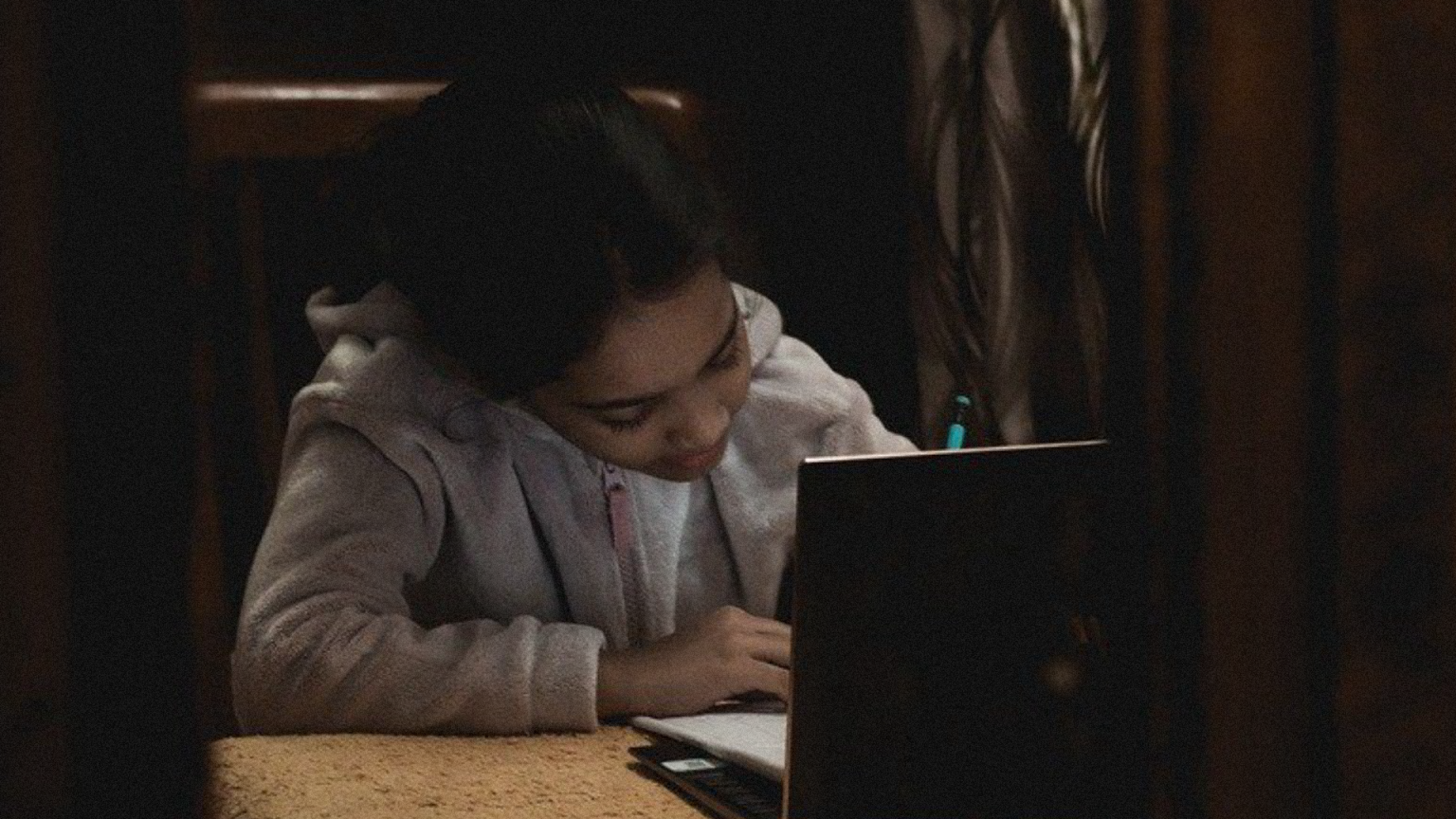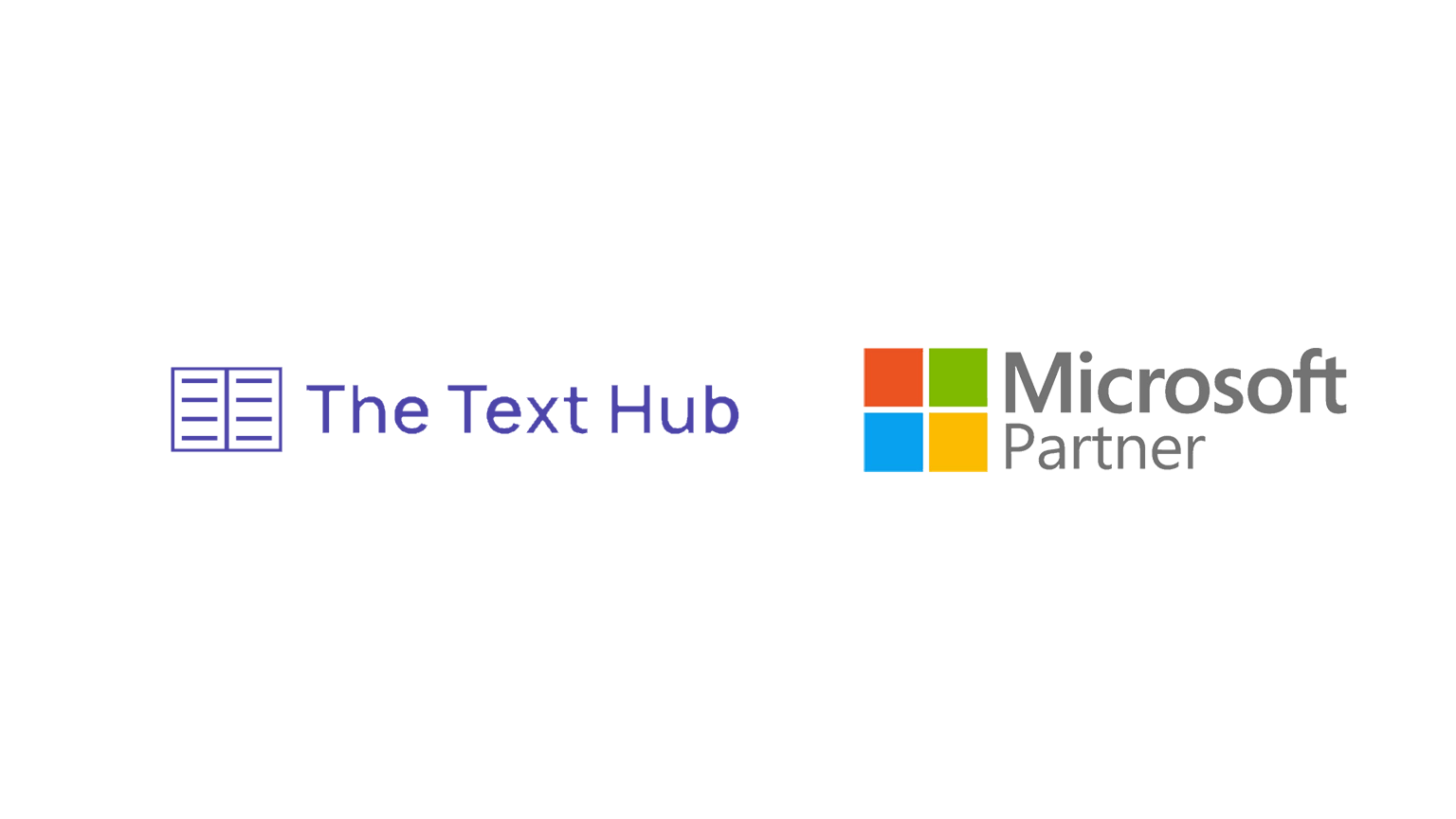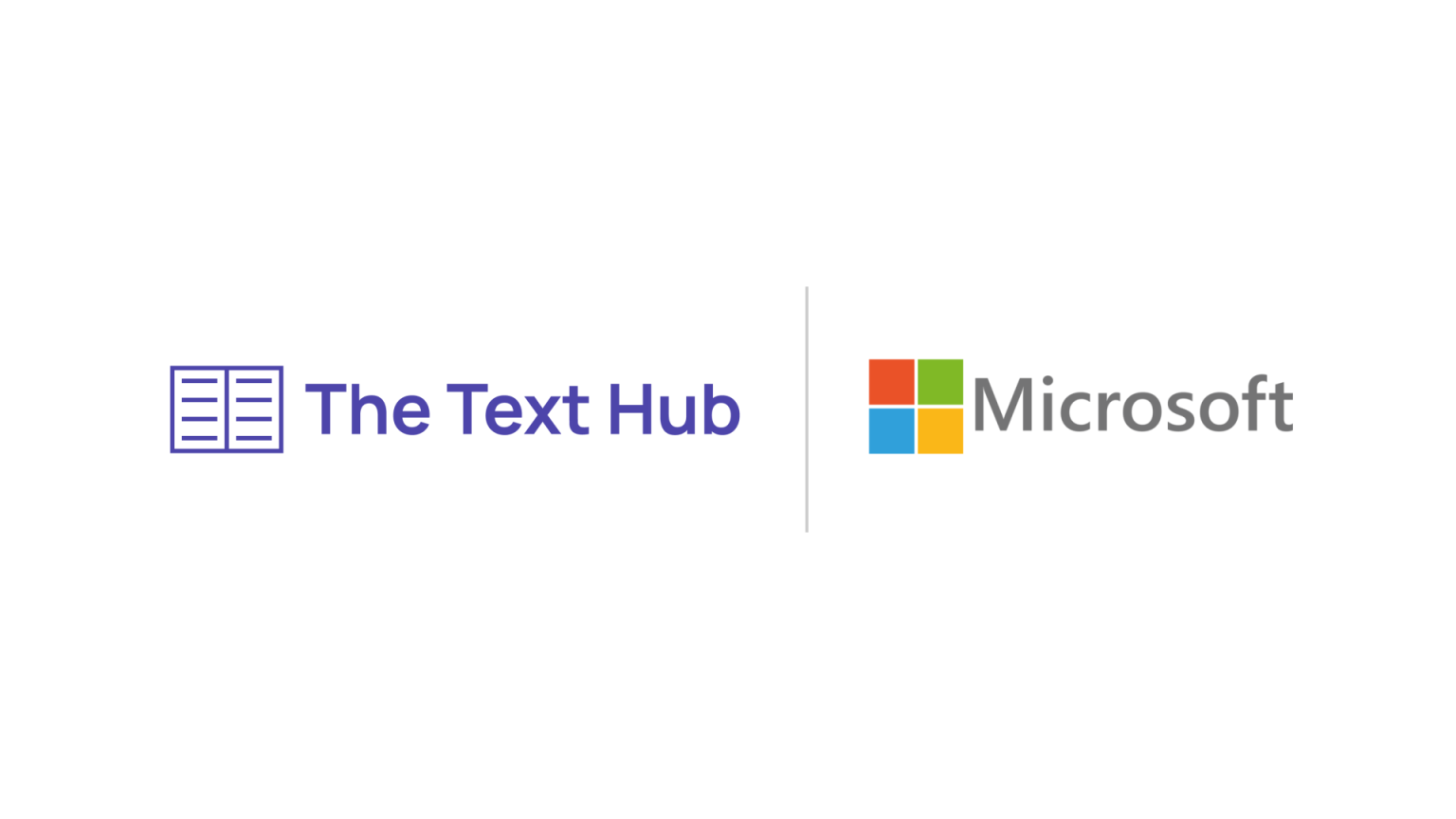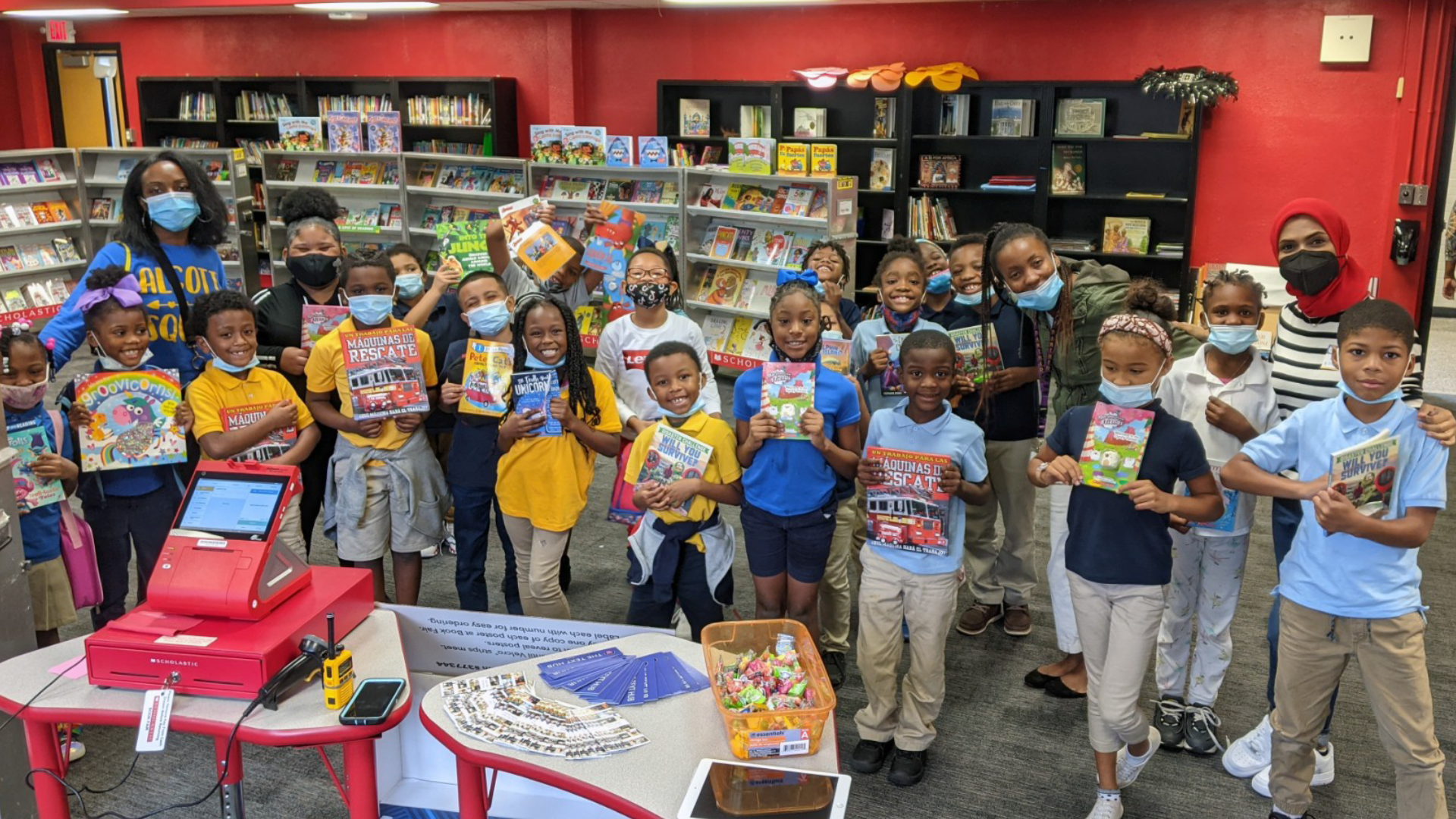According to UNESCO, 773 million adults in the world are illiterate. That’s over 15% of the world’s adult population. Although the average age of adult illiterates is 50, the world is unlikely to be completely educated in the next few decades.
This is because 617 million children and adolescents around the world are below the minimum proficiency level (MPL) in reading. To put it in perspective, that’s 24.3% of the world population under the age of 20.
Zooming in on world-leading countries, the literacy gap mirrors the global outlook. 14% of the United States’ adult population is below the MPL in reading. Also, according to the National Center for Education Statistics, 27% of eighth-grade students lack basic reading skills.
The United Kingdom is no better either. 13.5% of Brits are functional illiterates, according to The Guardian, while 75% of working-class adolescents below 16 years fall short of the national benchmark in reading.
If you’ve read this far, you might wonder how an epidemic like this is going unnoticed. Nevertheless, the challenge with comprehensive reading among children and adolescents, especially in the developed world, is not the lack of educational tools. Rather, it’s our over-reliability on technology to solve our learning problems.
Properly harnessing technology to improve literacy
In recent times, solitary learning has become a convenient learning style among children and adolescents. Unfortunately, this learning style is associated with “peer exclusion through asocial behaviors.”
For this reason, many children are closer to technological devices than they are to their peers. Therefore, it is only wise that the elites are relying on technology to solve the world’s illiteracy problem.
With hundreds of digital learning tools available to K-12 students and teachers worldwide, only a handful has proven to be very effective. Microsoft Immersive Reader is one of the cutting-edge solutions to make texts more accessible to users of all ages and proficiency levels.
This intervention by tech giants, Microsoft especially, is changing the narratives for young students. The text-to-speech features help students with reading disabilities to improve their learning rate. While texts are read aloud by the software, the sentences are highlighted to help students familiarize themselves with the words and their pronunciations. It is also designed with a vast picture dictionary and over 60 languages translated to English for ESL (English as Second Language) students who are developing their reading proficiency in the English language. The picture dictionary helps put an image to the words as students learn, thereby improving the learning rate by a whopping 400%.
The results of implementing the Immersive Reader technology in the learning processes of K-5 and ESL students are evident. In a study by the University of Language and International Studies, Immersive Readers helped improve the reading fluency and comprehension of K-5 students with learning differences.
Several digital learning platforms have integrated the Immersive Reader into their web and Windows software. Sadly, only 47.1% of the world’s households have a computer to access these PC-based digital learning tools. To solve this problem, The Text Hub offers Immersive Reader-integrated mobile apps for digital learning, making it accessible for the over 6 billion smartphone users across the globe.
If the use of Immersive Readers has proven so effective, you might wonder why there is a huge gap in literacy even in countries where access to these technologies is likened to basic rights. The answer is that technology alone can only do so much.
Employing social sustainability to improve learning
Those who have access to these technologies can only do as much as their innocent minds can manage. Learning comes with its challenges and the presence of a coach can help alleviate most of them. Therefore, these students need the guidance of teachers, parents, and coaches to provide the resources required for sustainable learning and keep them motivated.
Unfortunately, while access to learning technology (like Immersive Reader) is a basic right to children in high socioeconomic environments, over 360 million people from low socioeconomic backgrounds around the world lack access to the internet and EdTech solutions, including the much cherished K-5 children. Even 20% of American teenagers lack access to reliable internet and the technology to facilitate learning. In this case, coaches are incapacitated.
In line with the United Nations’ Sustainable Development Goals, businesses and people of influence can help build a bridge between the literacy gap in their local environments by providing access to digital learning for students. Those in higher socioeconomic neighborhoods can offer a helping hand to communities on the lower end of the socioeconomic ladder.
Several multi-billion dollar businesses are playing a significant role in closing the literacy gap as one of their numerous ways of advocating social sustainability. Their efforts are highly commendable. However, there is a lot more to be done and small-medium businesses must pull their own weights as well.
In light of all these…
As an EdTech entrepreneur, it’s unsettling to see a significant number of the world’s kids falling behind in reading. I imagine the anxiety that struggling readers endure as they flip through their textbooks, dreading the short “Tests of Cluelessness” that comes at the end of each module/chapter.
All those could be easier to manage and learning could be more exciting only if they have access to digital learning tools and effective coaching. While these digital learning tools are available to the elite and average population and their offspring, a notable part of the low socioeconomic western communities and third-world nations are far behind in the pursuit of literacy.
However, businesses and notable individuals can do better by extending their social sustainability impact toward these underserved populations. On our part, The Text Hub has made it absolutely free for K-5 and ESL students and teachers to access Immersive Reader-integrated digital learning solutions. I hope that parents, teachers, and school districts will utilize this opportunity to add this mobile-friendly learning software to their digital toolbox and help students attain literacy faster.




